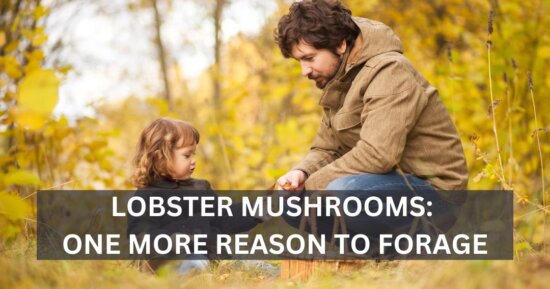Science
Kelly V. Ruggles, Jincheng Wang, Angelina Volkova, Monica Contreras, Oscar Noya-Alarcon, Orlana Lander, Hortensia Caballero, Maria G. Dominguez-Bello
People living traditional lifestyles have higher gut microbiota diversity than urban subjects. We hypothesized that shifting lifestyles from an urban environ- ment to a traditional rainforest village would lead to changes in the microbiota of visitors, which would become more similar to the microbiota of villagers. Here, we characterized at different time points the microbiota of 7 urban visitors (5 adults and 2 children) staying in a rainforest Amerindian village for 16 days and compared them with a reference collection of samples from age-matched local villagers. We performed a 16S rRNA gene survey of samples from multiple body sites (including fecal, oral, nasal, and skin samples) using Illumina MiSeq sequencing. The main fac- tor segregating the microbiotas of each body site was the human group (i.e., visitors versus villagers), with the visitor microbiota tending to have lower alpha diversity; the lowered alpha diversity was statistically significant in the microbiota of skin and in the children’s fecal and oral microbiota. During the rainforest period, all visitors experienced microbiota changes within their personal cloud of variation. For all body sites, the microbiota conformations in the visitor children better matched the microbiota conformations in villagers of the same age than did those of the visitor adults, which showed a lower “microbiota age” than the microbiota of the villagers. The results suggest higher stability in the adult microbiota, with the less resilient children’s microbiota responding more to dietary changes.












